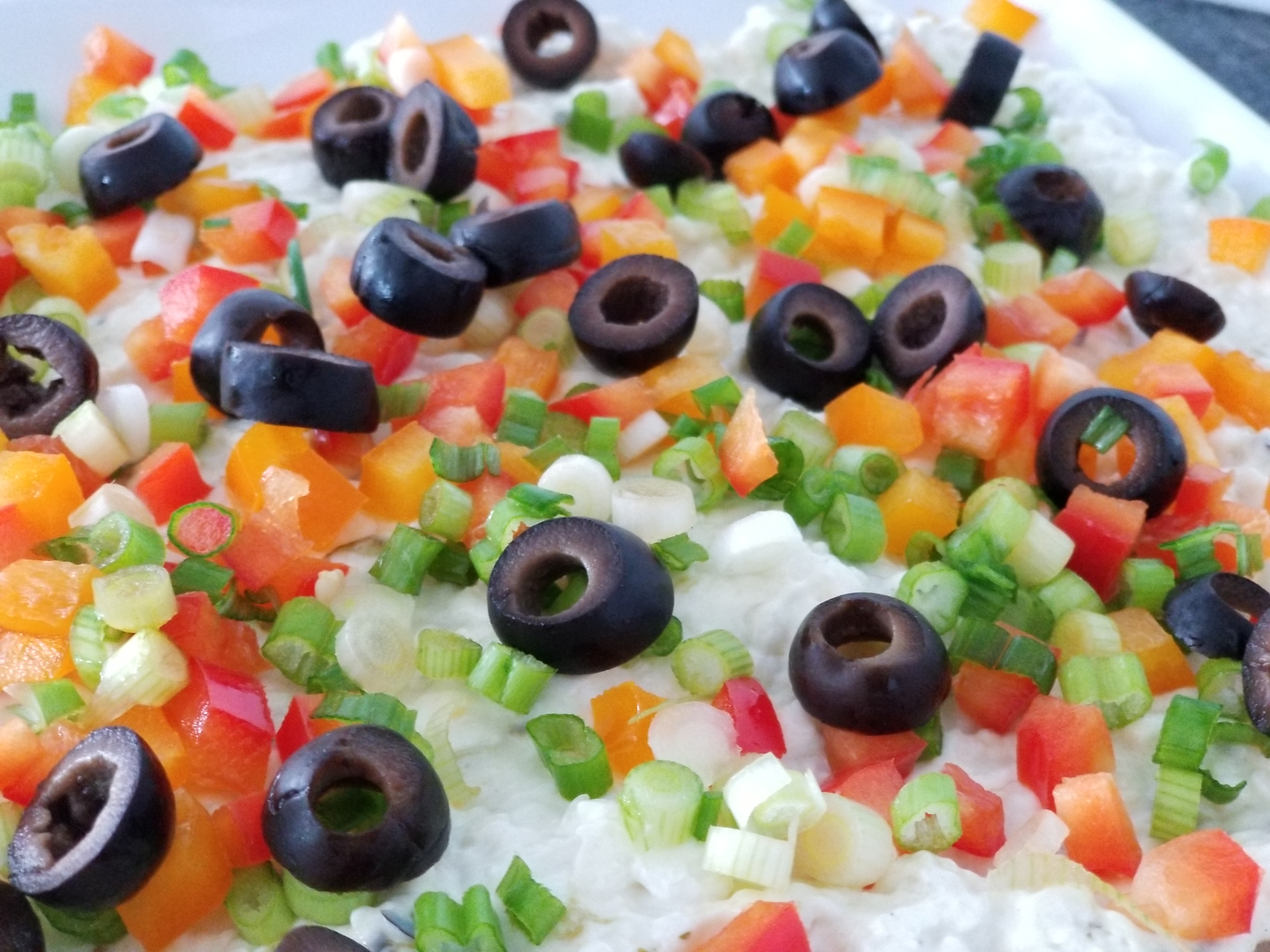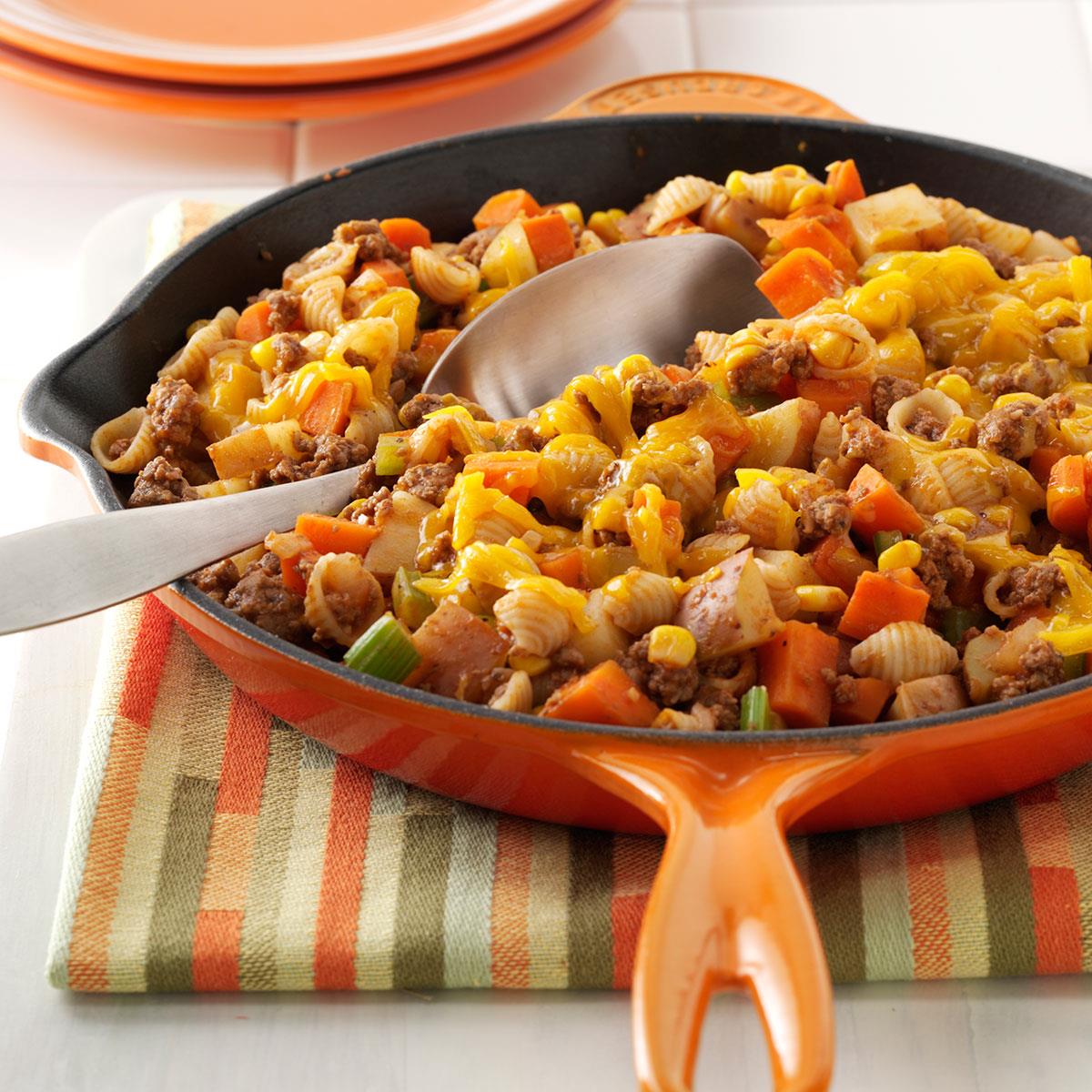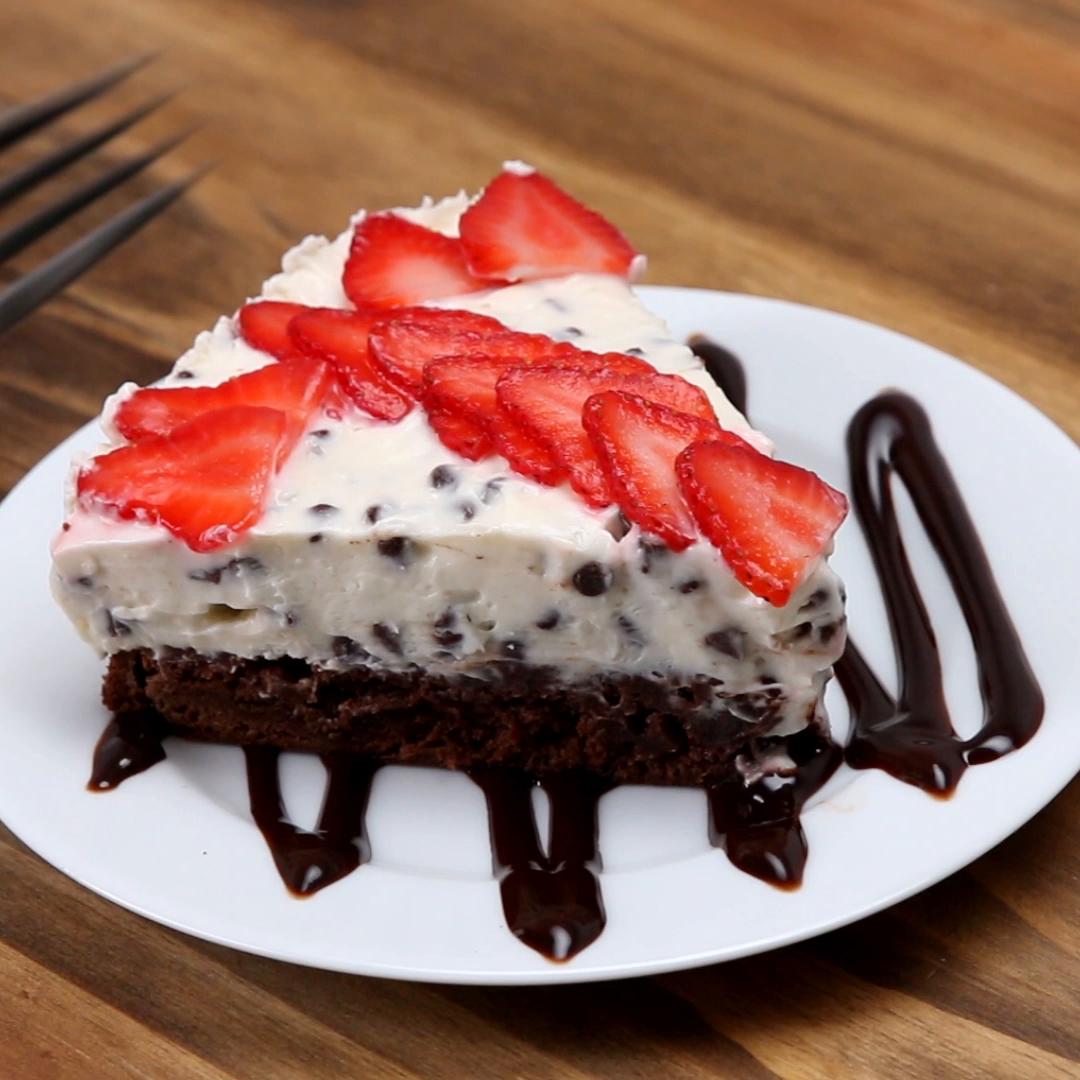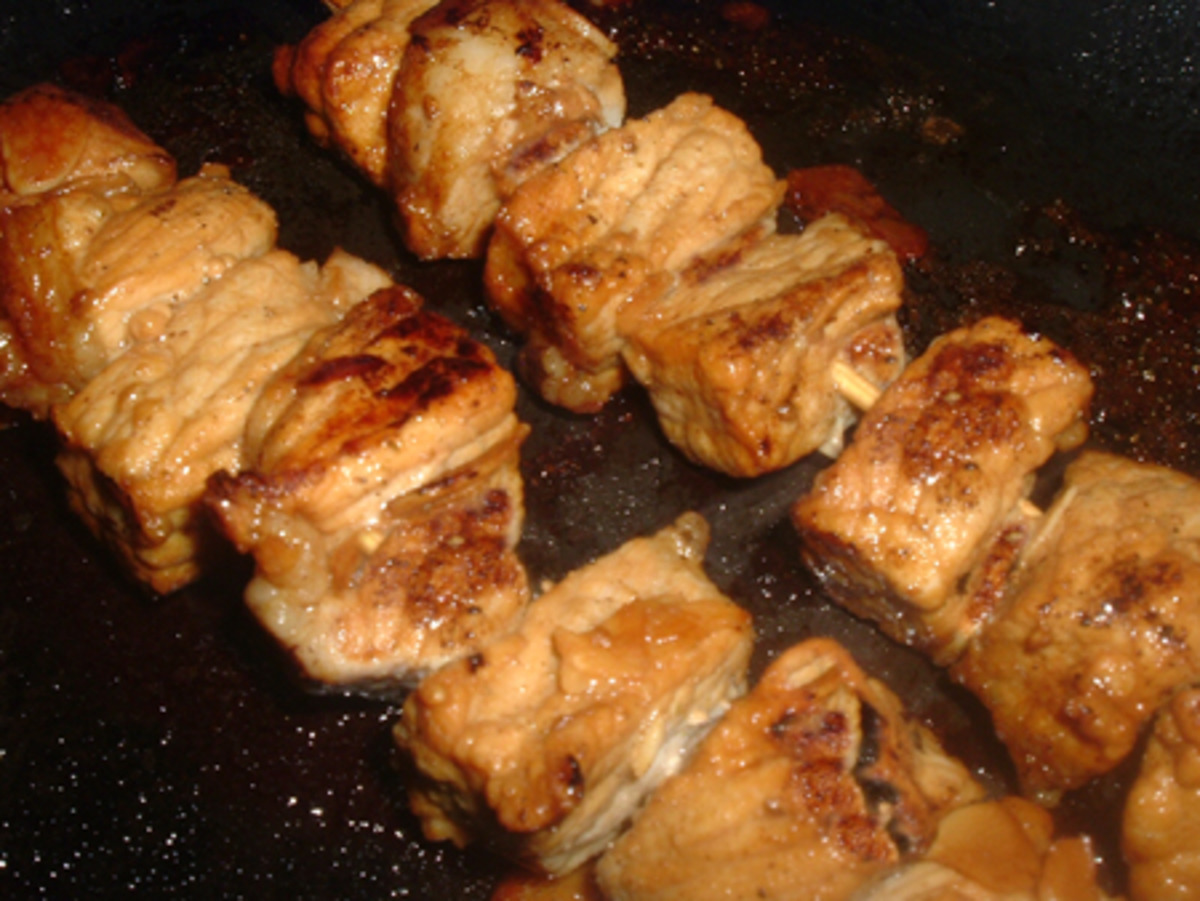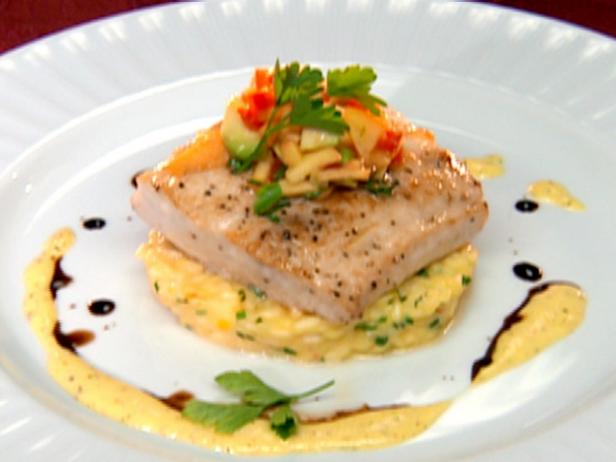**Traditional Polish Sauerkraut: A Culinary Journey Through History and Flavor**
Sauerkraut, a fermented cabbage dish with a rich history and distinct flavor, holds a special place in Polish cuisine. This delectable dish, known as "kapusta kiszona" in Polish, is a staple in many traditional Polish meals, adding a tangy and savory dimension to various dishes. In this article, we present a collection of authentic Polish sauerkraut recipes that showcase the diversity and versatility of this culinary treasure. From the classic Bigos, a hearty hunter's stew brimming with meat, sauerkraut, and a medley of spices, to the comforting Sauerkraut Soup, a heartwarming broth filled with tender sauerkraut, vegetables, and a hint of dill, these recipes offer a glimpse into the culinary heritage of Poland. Additionally, we explore regional variations of sauerkraut dishes, such as the Silesian Sauerkraut with its distinctive smoky flavor, and provide tips for selecting and preparing the best sauerkraut for your culinary creations. Join us on this flavorful journey as we delve into the world of traditional Polish sauerkraut, discovering its unique taste and the stories it holds.
KIEłBASA SAUSAGE AND BRAISED SAUERKRAUT (QUICK BIGOS)

This Kiełbasa and Sauerkraut dish is a quicker, simplified version of a classic bigos stew. It's the epitome of comfort food: crispy rounds of kiełbasa sausage are blanketed in a soft, braised sauerkraut.
Provided by Kasia
Categories Polish Main Courses
Time 3h20m
Number Of Ingredients 13
Steps:
- Have a little taste of the sauerkraut. If it's too sour, use a colander and rinse it in cold water, then drain it.
- Roughly chop the sauerkraut, pieces shouldn't be longer than 1 inch (2.5 cm).
- Peel the onion, chop it finely.
- Peel the apples, cut into quarters and remove the core.
- Slice both sausages into rounds, roughly 0.5 inch (around 1 cm) thick. Slice the bacon into thin slices.
- Set up your oven to 356°F / 180°C, we'll need it soon.
- Heat up 2 tablespoons of butter. Add chopped onion, season it lightly with salt, cook for a minute on medium heat, stirring from time to time.
- Add in sausage and bacon slices. Fry for 2 to 3 minutes, stirring regularly, as the onions start to brown. Take it off the heat. If you're using a regular frying pan, move its contents into an oven-proof dish.
- Add chopped sauerkraut, spices (4 bay leaves, 5 allspice berries, 5 juniper berries) and apples.
- Generously season with freshly ground black pepper and optionally with salt as well (careful though - sauerkraut, kiełbasa and bacon are very salty already).
- Pour in the chicken stock, enough to cover the sauerkraut. Cover the dish with a lid.
- Place the dish in the oven for 90 minutes. After that time take the dish out and stir well. If it's too dry, add some more stock (or water).
- Cover again and return to the oven for another 90 minutes.
- Serve warm with some bread or potatoes on the side.
Nutrition Facts : Calories 273 calories, Carbohydrate 30 grams carbohydrates, Cholesterol 33 milligrams cholesterol, Fat 14 grams fat, Fiber 8 grams fiber, Protein 9 grams protein, SaturatedFat 6 grams saturated fat, ServingSize 1, Sodium 609 grams sodium, Sugar 17 grams sugar, TransFat 0 grams trans fat, UnsaturatedFat 7 grams unsaturated fat
POLISH BRAISED SAUERKRAUT

In this classic recipe, sauerkraut gets braised slowly, getting more tender by the minute. Goes brilliantly with pork dishes.
Provided by Kasia
Categories Polish Side Dishes
Time 1h30m
Number Of Ingredients 16
Steps:
- Drain the sauerkraut, keeping the juice (we won't use it here, but feel free to drink it - it's very healthy!). Have a taste - if the sauerkraut is extremely sour, it's worth giving it a rinse under running water first, then squeeze it out.
- Roughly chop the sauerkraut, so that the strings of fermented cabbage aren't too long.
- Move the sauerkraut into a deep frying pan/skillet.
- Pour in enough hot water to nearly cover the sauerkraut.
- Add in 2 tablespoons of butter (don't worry, it will melt on its own), 2 bay leaves, 1 tablespoon of cumin, 5 black peppercorns and 2-3 allspice berries.
- Cover with a lid and braise until soft. Sauerkraut will become soft after around 40 to 50 minutes of cooking. Monitor the process from time to time, making sure nothing boils over or sticks to the pan. Add more water if necessary.
- [optional step: apple] After 25 minutes of braising (somewhere around the half-way mark), add an apple. Peel one small sweet apple (weighing roughly 3.5 oz / 100 g before peeling) and chop it finely. You can also grate it instead (using the largest holes). Add the apple pieces into the sauerkraut and continue braising.
- [optional step: bacon] As the braising is nearing the end, let's fry the bacon: Chop the smoked bacon into cubes (or small pieces) and fry them up on a separate frying pan until lightly golden. Usually bacon renders enough of its own fat, so no additional cooking fat is required - but if your bacon is very lean, feel free to grease the pan with some oil.
- Add fried bacon into the braised kraut, fold it in.
- Add chopped onions into the same frying pan (same one we used for cooking bacon). Sauté them for a few minutes until they turn translucent.
- Add 1-2 tablespoons of flour into the onions, and stir them in (with a pan-friendly spoon or a spatula).
- Add in half a cup of water and stir continuously. Increase the heat and bring into a near-boil (keep on stirring!).
- Move the contents of the frying pan (onions + roux) into the braising sauerkraut. Stir everything together.
- Have a little taste. Does it need some more salt and pepper? If so, season it a bit more, I usually do. If it tastes a bit too acidic for your liking, add a pinch of sugar. Stir everything together and switch off the heat.
- [optional step] Chop fresh dill finely and fold it into the sauerkraut. Serve hot.
Nutrition Facts : Calories 208 calories, Carbohydrate 23 grams carbohydrates, Cholesterol 27 milligrams cholesterol, Fat 11 grams fat, Fiber 4 grams fiber, Protein 7 grams protein, SaturatedFat 5 grams saturated fat, ServingSize 1, Sodium 414 milligrams sodium, Sugar 10 grams sugar, TransFat 0 grams trans fat, UnsaturatedFat 5 grams unsaturated fat
KAPUSTA (SAUERKRAUT)

This is a traditional Polish sauerkraut recipe that my late sister Elizabeth and I developed together. This recipe was submitted to WNED TV for their ethnic cookbook and it was published in 2002. It freezes well and is great with sausages, kielbasa, stuffed pork chops, hot dogs, or breaded pork or chicken cutlets. Serve with boiled small new potatoes with melted butter and dill, some good rye bread, and dill pickles. The kapusta can be cooked entirely on top of the stove over low heat, stirring frequently. You can top it with wieners, thick ham slices, or precooked sausages for last 30 minutes of baking. Or top it with kielbasa for last 30 minutes or so, or slice the kielbasa and bury it in the kapusta at the beginning of baking. Brown pork chops both sides, bury them in the kapusta and bake for 1-1/2 hours until meat is done. The yield given is an estimate.
Provided by foodtvfan
Categories Vegetable
Time 1h30m
Yield 10 cups, 10-14 serving(s)
Number Of Ingredients 12
Steps:
- Sauté bacon bits until almost crispy. Add butter and onions and cook for about 5 minutes until onions are lightly golden.
- Rinse sauerkraut in a strainer under gently running cold water and squeeze out thoroughly to remove excess water; add to the bacon and onion mixture.
- Add the peeled, grated potato (or the carrots or apple).
- Add chicken broth, brown sugar, bay leaves, and seasonings. Stir to mix thoroughly.
- Cook, uncovered, stirring frequently, until everything is heated thoroughly. Transfer to a roasting pan.
- Cover and bake in 300 degree Fahrenheit oven for 30 minutes up to 1 hour until kapusta is browned slightly.
- Stir occasionally and add water or chicken broth if necessary (push kapusta aside and check bottom of roasting pan for liquid).
KAPUSTA

This is Polish comfort food at its finest. Fried sauerkraut is a simple recipe that can be made with just a few ingredients, and it's perfect for a winter meal. The bacon and onion add a delicious depth of flavor to the sauerkraut, and it's all cooked until it's nice and mellow. Serve this kapusta with your favorite side dish, like mashed potatoes or egg noodles, and for a simple but satisfying weeknight treat.
Provided by Lauren
Categories Side Dish
Time 20m
Number Of Ingredients 5
Steps:
- Add the bacon to a large frying pan over medium high heat. Cook, stirring occasionally, for 6-8 minutes, or until the bacon is crisp and the fat is rendered.
- Add the onions an cook for 3-4 minutes, until softened and light golden brown. If the pan is too dry, you can add a teaspoon or two of olive oil.
- Stir in the sauerkraut, brown sugar, and water. Reduce the heat to medium-low and simmer for 10 minutes, until heated through and light golden brown.
Nutrition Facts : ServingSize 1 serving, Calories 147 kcal, Carbohydrate 14 g, Protein 4 g, Fat 9 g, SaturatedFat 3 g, TransFat 1 g, Cholesterol 15 mg, Sodium 899 mg, Fiber 4 g, Sugar 9 g, UnsaturatedFat 5 g
POLISH KAPUSTA
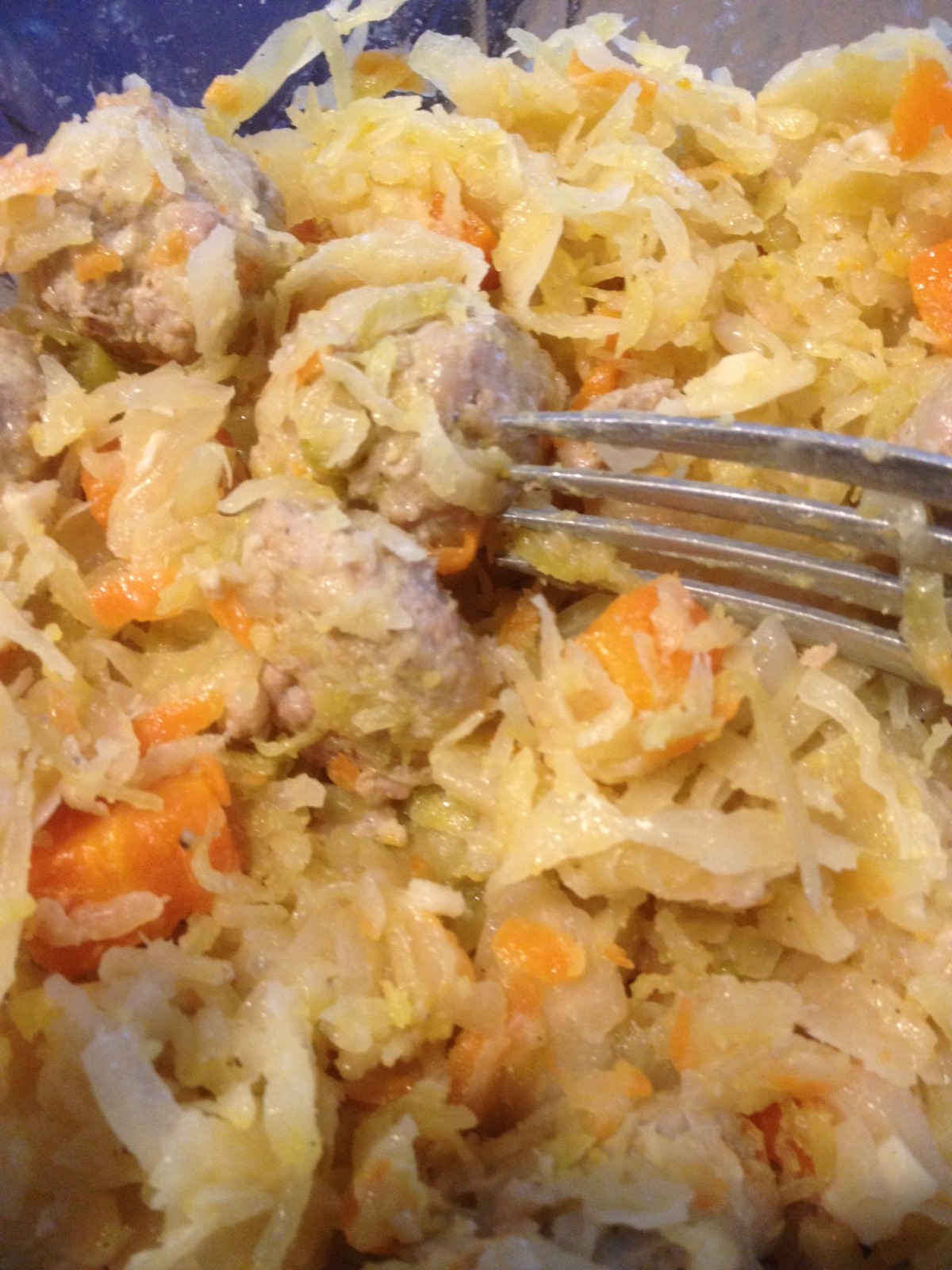
A traditional Polish dish. I got this recipe from my Mother in-law, Epherzine. We make it for every holiday meal. If you like sauerkraut, you will like kapusta.
Provided by queenbeatrice
Categories Low Protein
Time 1h5m
Yield 8 side portions, 8 serving(s)
Number Of Ingredients 5
Steps:
- Cook onion and kielbasa in frying pan until onions are translucent.
- Drain liquid from sauerkraut.
- Mix all ingredients together.
- Transfer to a buttered casserole dish.
- Bake in a 350 degree Fahrenheit oven for 45 minutes to 1 hour.
Nutrition Facts : Calories 83.3, Fat 6.5, SaturatedFat 3.9, Cholesterol 16.8, Sodium 552, Carbohydrate 5.8, Fiber 2.7, Sugar 2.6, Protein 1.3
TRADITIONAL SAUERKRAUT WITH CARAWAY
Cabbage is perfect for fermenting because the cell walls are easily broken down with salt, and the juices that are released quite easily make the brine. While you are chopping and grating your cabbage, eat a piece raw. It will be crunchy and sweet. After fermentation it will be pretty crunchy still, shiny and alive-looking; the sugars will have been eaten by the lactobacillus bacteria (et al); and the sauer that you taste is the lactic acid cleverly produced by the lactobacillus. I'm salivating just writing this.
Provided by Sharon Flynn
Categories Cabbage Caraway Side
Number Of Ingredients 5
Steps:
- Weigh the shredded cabbage (as cabbages vary in size and weight) to ensure the salt to cabbage ratio is correct. The amount of salt you use should come to about 1.5-2.5%, but no more than 3%, of the cabbage weight.
- In a large bowl, mix and massage the salt through the cabbage thoroughly, making sure to distribute the salt evenly.
- Let it sit to sweat a bit-maybe 10 minutes. This is simply to make the next step easier. This is a good time to get your vessel cleaned and to rest up for the next stage.
- With your pounder, pound quite energetically for about 5-10 minutes, until the cabbage is dripping with its own salty water when you pick up a handful. This part is important as you need this liquid-it's your brine.
- You can also use the dough hook of a stand mixer to do the pounding part, which can speed things up somewhat. Don't let it run for too long though, only a few minutes. Using a mixer is easy and great for people who are doing this a lot and in large batches, but it takes quite a bit of the emotional release and fun out of it.
- Next, mix in the caraway seeds (if using).
- Put the mixture into the jar, packing it down tightly as you go using the pounder. Push down well, particularly at the end to coax out any more brine. You need the brine to cover the cabbage.
- Don't pack the cabbage all the way to the top; leave some headroom at the top of the jar to allow for a bit of growth and movement and, of course, the weight. You don't want the liquid touching the top of the lid, as it will end up spewing out of your air-lock or up out of your lid.
- Cover with a cabbage leaf (the follower), the weight and then your chosen lid or system.
- Depending on your ferment, you can start trying it as soon as you'd like, but the less you fiddle with it in the first 2 weeks, the better. It is ready when you think it is delicious. With the right system and temperature, you can leave it to ferment for months before refrigeration.
- If you used a crock, you'll need to decant the kraut to smaller jars before you refrigerate, unless you have a walk-in cool room, or large cellar. (Lucky you.) It will keep in the fridge for 12 months or more. Use your senses.
Tips:
- Use a sharp knife to thinly slice the cabbage. This will help the sauerkraut ferment evenly.
- Make sure to use a clean container for fermenting the sauerkraut. A glass or ceramic container is ideal.
- Keep the sauerkraut in a cool, dark place during fermentation. The ideal temperature is between 60 and 70 degrees Fahrenheit.
- Stir the sauerkraut once or twice a day during fermentation. This will help to release gases and prevent the sauerkraut from becoming too sour.
- Taste the sauerkraut after 2-3 weeks of fermentation. It should be sour and tangy, but not overly so. If it is too sour, you can add a little bit of sugar or honey.
Conclusion:
Traditional Polish sauerkraut is a delicious and healthy fermented food that is easy to make at home. With a little bit of planning and patience, you can enjoy this traditional Polish dish in no time. Sauerkraut is a versatile ingredient that can be used in a variety of dishes, such as soups, stews, and salads. It is also a good source of probiotics, which are beneficial for gut health. So next time you are looking for a healthy and flavorful side dish, give traditional Polish sauerkraut a try.
Are you curently on diet or you just want to control your food's nutritions, ingredients? We will help you find recipes by cooking method, nutrition, ingredients...
Check it out »
You'll also love




